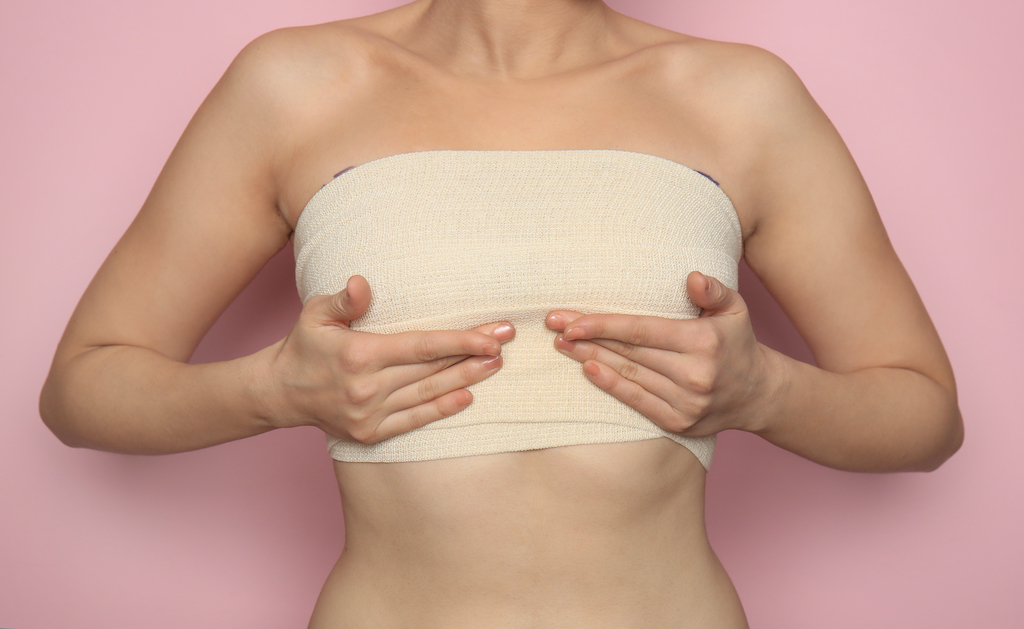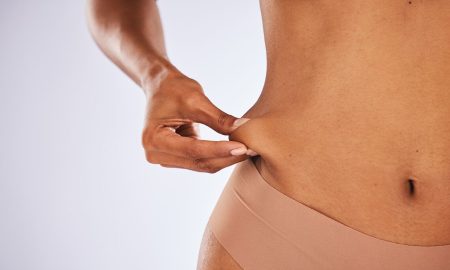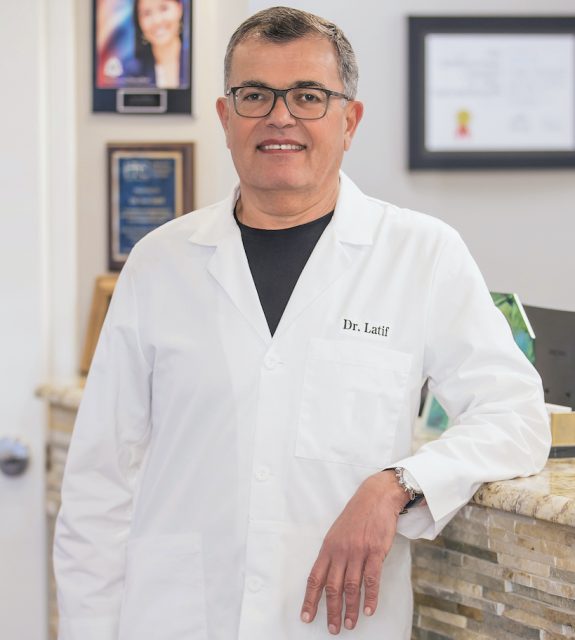PRMA Plastic Surgery is one of the leading breast reconstruction centers in the world. Breast Reconstruction is our passion. We specialize in state-of-the-art breast reconstruction procedures including DIEP flap, SIEA flap, GAP flap, TUG flap, PAP flap, LTP flap, fat grafting, direct-to-implant, nipple-sparing mastectomy, 3D nipple/areola tattooing, and lymphedema surgery. The Haute Beauty experts at PRMA Plastic Surgery explain how a lumpectomy surgery is done and the different approaches that can improve breast symmetry.
 Photo Credit: ShutterstockLumpectomy surgery (breast conservation surgery) is the most commonly performed breast cancer treatment surgery currently performed in the US. The procedure involves removing only the tumor and surrounding tissue. Compared to a mastectomy, which removes all breast tissue, patients opting for a lumpectomy benefit by only losing a portion of the breast. A downside commonly expressed by patients is the resulting physical appearance of the breast is typically left disfigured, dented, or uneven.
Photo Credit: ShutterstockLumpectomy surgery (breast conservation surgery) is the most commonly performed breast cancer treatment surgery currently performed in the US. The procedure involves removing only the tumor and surrounding tissue. Compared to a mastectomy, which removes all breast tissue, patients opting for a lumpectomy benefit by only losing a portion of the breast. A downside commonly expressed by patients is the resulting physical appearance of the breast is typically left disfigured, dented, or uneven.
Breast symmetry issues are common after a lumpectomy. There are several surgical approaches that can be used to improve overall breast symmetry. These procedures include:
Breast Reduction of the Unaffected Breast:
If lumpectomy results in a significant reduction in breast size, the unaffected breast can be reduced for symmetry. This can be combined with fat grafting on the lumpectomy side to restore volume and correct any contour deformity at the lumpectomy site.
Breast Lift (Mastopexy) of the Unaffected Breast:
After a lumpectomy, the nipple/areola position can change. If the overall size of the breasts is still close, symmetry can be improved by performing a lift of the unaffected breast to more evenly align the nipples.
 Photo Credit: ShutterstockEnhancement of the Lumpectomy Breast:
Photo Credit: ShutterstockEnhancement of the Lumpectomy Breast:
Fat grafting is becoming widely used in breast surgery. Since most lumpectomy patients also have radiation, fat grafting can therefore be quite beneficial.
Some surgeons prefer to use a small implant instead of fat grafting to restore volume. This can work very well in patients who have not had radiation. However, the risk of future implant-associated complications, particularly hardening (known as capsular contracture), is much higher in patients who have had radiation.
A “flap” of tissue, usually from the back, can also be used to fill in larger contour defects of the outer and central breast. These flaps have traditionally used part of the back muscle and overlying skin and fat (latissimus flap). Newer techniques preserve the muscle and transfer only some of the overlying skin and fat (eg TDAP flap). Flaps from other parts of the body can also be used if more volume is needed to achieve the desired breast size for the best symmetry.
Oncoplastic Surgery
Oncoplastic surgery is breast reconstruction performed at the same time as a lumpectomy. During an oncoplastic procedure, the lumpectomy tissue is removed in a way that allows the plastic surgeon to perform a simultaneous breast reduction or lift. This avoids unwanted cosmetic deformities and simultaneously creates the most cosmetic result possible.
It is important to remember the is not a ‘one size fits all’ recommendation for breast reconstruction following a lumpectomy or mastectomy. We always recommend consulting with a board-certified plastic surgeon before any breast cancer surgery to discuss ALL options and decide what’s best for YOU.
For more information, visit Dr. Brian A. Levine's social media:

























